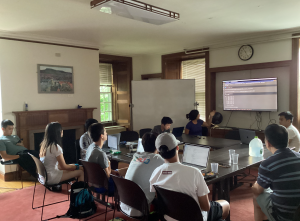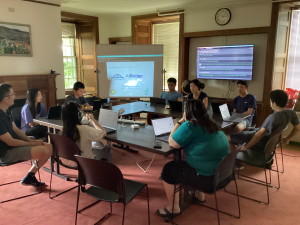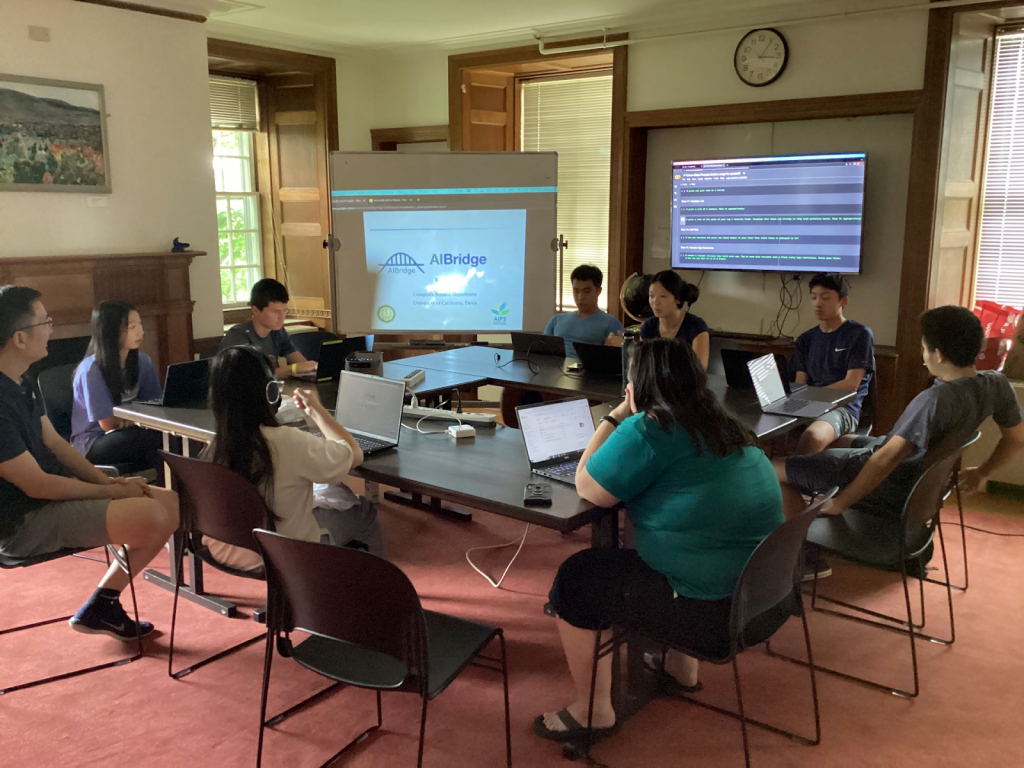After two successful weeks of workshopping, I was able to connect with over 30 middle and high schoolers in the local community. A mix of lectures, demos, labs, discussions, and projects made up the bulk of each day.
A dozen kids finished and presented their final projects, a culmination of their progress in the workshop, creating models on classifying types of beans, predicting the likelihood for individuals to contract diabetes, and even identifying letters and numbers in a 20-by-20 pixel image. Though I provided a guide for this project, many students were able to complete the required parts quickly and move on to extensions such as feature engineering and F1-scores (accuracy, precision, recall).
One defining growth moment during the workshop was our discussion of how to evaluate models. Though many of the labs and slideshows were focused on the technical aspects of coding models, I began a discussion on the ethics of AI and embedded bias. The students were eager to dive into how to create principled AI, asking questions about applications such as driverless cars and law. Hearing so many kids asking questions that I didn’t fully know the answer to challenged me, but also motivated me to learn more and come in the next day with some (but not all) of the answers.
A particularly difficult part of the workshop was teaching the students about precision and recall. These two concepts are hard to visualize, demonstrate, and distinguish from one another. I decided on a physical demonstration with apples, oranges, and tape, which worked well for some but not others. Not only was the subject itself tricky, but it was also hard to create one-size-fits-all teaching techniques. My workshop resources did not fit all, so I learned to think up new ways to approach tricky topics on the spot.
In creating the workshop resources, I made a comprehensive Google Drive folder (with slideshows, demos, examples, etc.) and shared it with each participant. This way, they could access the resources even after the workshop concluded. In mid-August (three weeks after the workshop ended), one student reached out to me with a question about CNN (convolution neural networks AKA image recognition), an advanced topic that we only had time to briefly mention in the workshop, and it was rewarding to see his continued interest and eager exploration in machine learning. Thank you to the CSGC and the Workman fund for this opportunity!
-Alice ’24



